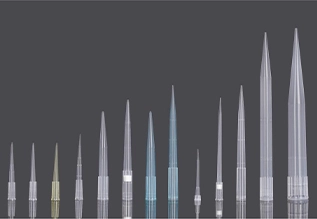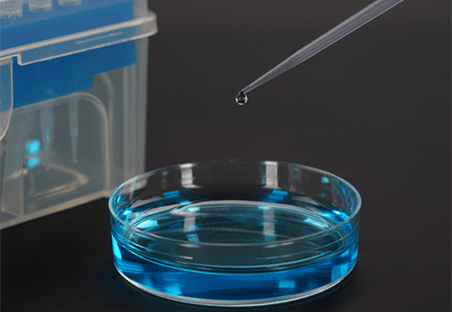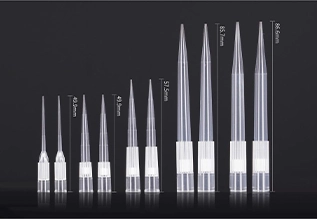RAININ pipette tips are known for their high quality, accuracy, and precision. They are available in a wide range of types and sizes to meet the needs of any laboratory. They are used by scientists and researchers in a variety of fields, including molecular biology, biochemistry, and clinical chemistry.
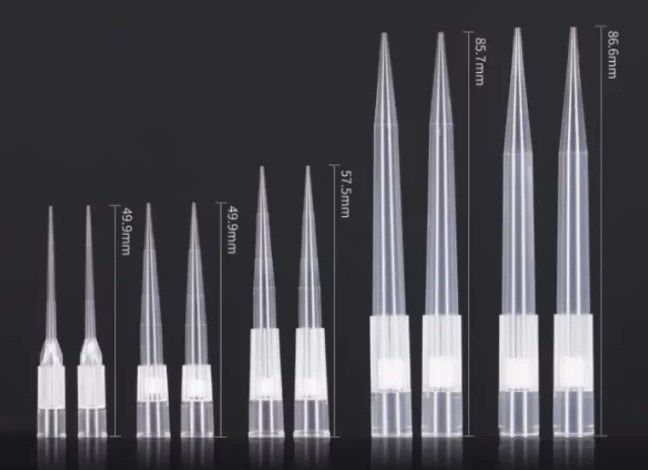
What are the Types of RAININ Pipette Tips?
RAININ pipette tips are available in a variety of types, including:
- Universal-fit tips: These tips are compatible with most pipette brands, including Rainin, Gilson, Eppendorf, Sartorius, Thermo, and VWR.
- LTS tips: These tips are specifically designed for Rainin pipettes with LTS LiteTouch technology. They offer reduced plunger force and improved accuracy.
- Filtered tips: These tips contain a hydrophilic polyethylene filter that prevents aerosols and liquids from being aspirated into the body of the pipette.
- Low retention tips: These tips are treated to reduce liquid adhesion, making them ideal for pipetting viscous or volatile liquids.
- Wide orifice tips: These tips have a wider opening than standard tips, making them ideal for pipetting liquids with high particulates or foam.
- Large-volume tips: These tips are designed for pipetting large volumes of liquid, up to 1000 µL.
RAININ pipette tips are also available in a variety of sizes to accommodate different volumes of liquid. The most common sizes are 10 µL, 20 µL, 100 µL, 200 µL, 300 µL, and 1000 µL.
In addition to the types listed above, RAININ also offers a variety of specialty pipette tips, such as tips for dispensing radioactive liquids and tips for dispensing liquids in low-pressure environments. No matter what your pipetting needs are, there is a RAININ pipette tip that is right for you.
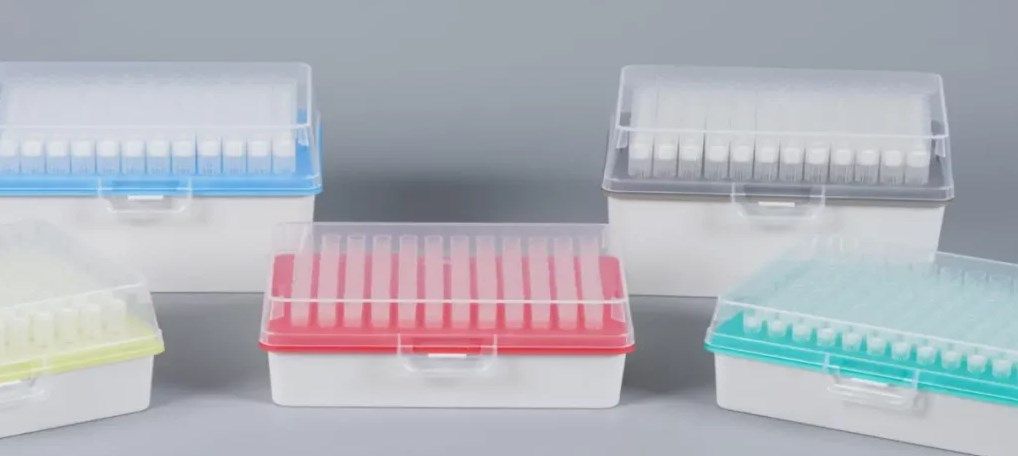
How to Use RAININ Pipette Tips Correctly?
To use RAININ pipette tips correctly, follow these steps:
- Choose the right tip for the volume of liquid you are pipetting. RAININ pipette tips are available in a variety of sizes, so make sure to choose one that is the right size for the volume of liquid you are pipetting.
- Attach the tip to the pipette firmly. To do this, insert the tip into the pipette shaft until it clicks into place.
- Set the pipette to the desired volume.
- Immerse the tip in the liquid you want to pipette. The tip should be immersed to a depth of 2-3 mm.
- Slowly and carefully draw the liquid into the tip. Avoid overfilling the tip, as this can cause liquid to leak out.
- Withdraw the tip from the liquid.
- Dispense the liquid into the desired container. To do this, slowly and carefully press down on the plunger of the pipette.
- Eject the tip from the pipette. To do this, press the tip eject button on the pipette.
Safety guidelines:
- Always wear gloves and safety glasses when handling pipette tips.
- Be careful not to overfill the pipette tips, as this can cause liquid to leak out and contaminate your work area.
- Discard any pipette tips that are damaged or cracked.
- Dispose of used pipette tips in a biohazard waste container.
By following these simple steps, you can safely and effectively use RAININ pipette tips.

Maintaining RAININ Pipette Tips
To maintain the accuracy and performance of RAININ pipette tips, it is important to follow a few simple guidelines:
- Store tips in a cool, dry place.
- Avoid exposing tips to direct sunlight or extreme temperatures.
- Inspect tips for cracks or other damage before use.
- Discard tips after use.
RAININ pipette tips can be autoclaved at 121°C for 15 minutes. However, it is important to note that autoclaving can reduce the lifespan of tips, so it is important to inspect them carefully after autoclaving.
By following these tips, you can ensure that your RAININ pipette tips are always in good condition and performing at their best.
